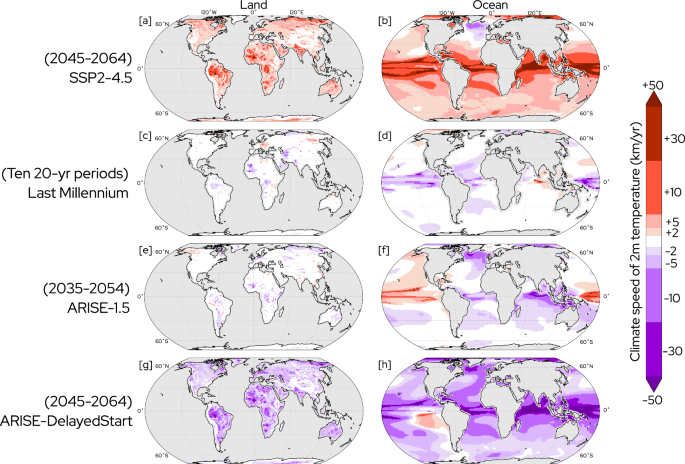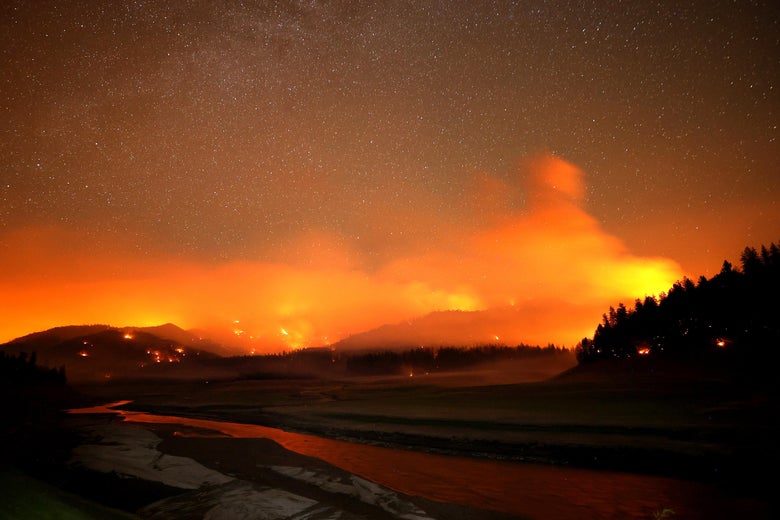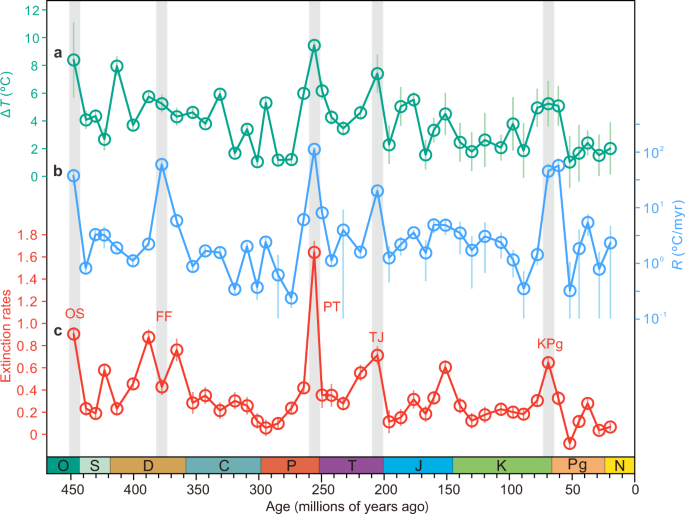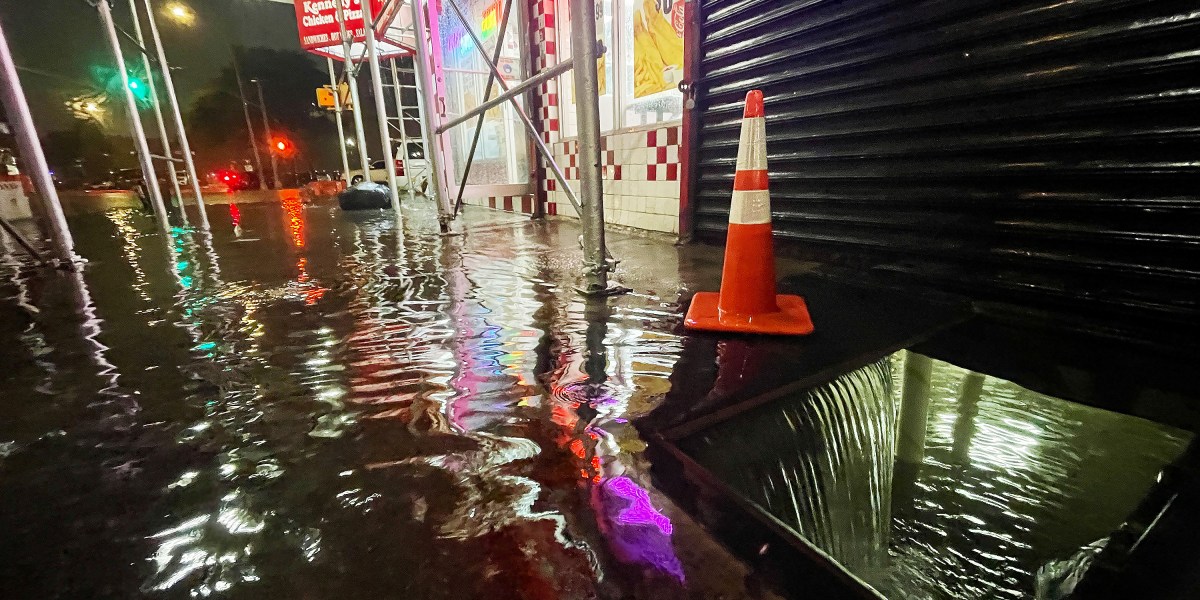
Speed of environmental change frames relative ecological risk in climate change and climate intervention scenarios
Nature Communications volume 15, Article number: 3332 (2024 ) Cite this article
Stratospheric aerosol injection is a potential method of climate intervention to reduce climate risk as decarbonization efforts continue. However, possible ecosystem impacts from the strategic design of hypothetical intervention scenarios are poorly understood. Two recent Earth system model simulations depict policy-relevant stratospheric aerosol injection scenarios with similar global temperature targets, but a 10-year delay in intervention deployment. Here we show this delay leads to distinct ecological risk profiles through climate speeds, which describe the rate of movement of thermal conditions. On a planetary scale, climate speeds in the simulation where the intervention maintains temperature are not statistically distinguishable from preindustrial conditions. In contrast, rapid temperature reduction following delayed deployment produces climate speeds over land beyond either a preindustrial baseline or no-intervention climate change with present policy. The area exposed to threshold climate speeds places different scenarios in context to their relative ecological risks. Our results support discussion of tradeoffs and timescales in future scenario design and decision-making.
The imprint of anthropogenic climate change is clear in ecosystems worldwide, with worsening impacts expected under all future emissions pathways1,2,3,4,5,6,7. High-impact risks such as these motivate the study of potential climate intervention methods to reduce climate impacts as efforts to decarbonize continue8,9. Stratospheric aerosol injection (SAI) is a hypothetical method to limit warming or cool the planet by adding reflective particles to the stratosphere8. Many different potential SAI deployment scenarios could complement emissions reductions. For example, SAI could be used to maintain global temperatures at or below some critical threshold or to rapidly reduce temperatures8,9,10,11,12. In contrast to carbon dioxide removal interventions, which operate on slower timescales13, solar radiation management methods such as SAI currently represent the only known method to quickly alter global mean temperatures with near-future technology8,9.























